Western Australia Blocked Out Covid. Now What?
In Perth, Western Australia, Kasia White’s 4-year-old daughter and 4-month-old son enjoy a childhood from another time. In this nearly Covid-free utopia, which has had minimal case counts since April 2020, there are no masks and no social distancing.
The family can hug and kiss friends, shake hands, and visit crowded places. It’s not unusual to see 30 families celebrating a kid’s birthday or 50,000 fans at a football match.
But White, who grew up in Oregon, says the freedom comes at a cost. Strict border closures mean she can’t leave Australia without an official travel exemption and her family in the United States can’t visit. Even most of Australia’s east coast — where White’s in-laws live — is off-limits.
In the more than two years since White last saw her parents and sister, she got pregnant, gave birth, gained a niece, and lost a friend. Without support from family in the lead-up to her son’s delivery, and because of a quick labor and lack of childcare, White and her husband had to take their daughter to the hospital birthing suite.
Still, White was supportive of the initial hard borders. “I think it was a smart move,” she says. “It’s allowed us to live a pretty normal life, and it’s allowed my kids to have a normal childhood.”
Soon after the pandemic hit, Western Australia’s Premier Mark McGowan — whose role is akin to a U.S. governor — turned the state into “its own island, within an island — our own country,” with strict border closures and lockdowns for single Covid-19 cases.
It worked. Mark Duncan-Smith, a surgeon and president of the Australian Medical Association of Western Australia, says the state has fared “incredibly well” in terms of Covid-19 cases and deaths. Western Australia — which, at about a million square miles, is over three times larger than Texas — has only had 1,111 confirmed cases since the start of the pandemic and hasn’t recorded a Covid death since May 2020. Road accidents have killed nearly 30 times more people there than Covid-19 since March 2020.
The isolationist policies have been wildly popular with West Aussies, catapulting 54-year-old McGowan to sex symbol status. For much of 2020, as The New York Times reported in September, the state’s 2.7 million people enjoyed a lifestyle the rest of the world could only dream of. There are almost no local Covid-19 restrictions, and the economy is booming.
But with more than a third of West Australians born overseas by the latest count in 2016, tension is building. Many, like White, are desperate to know when they’ll be able to see loved ones in other parts of the world.
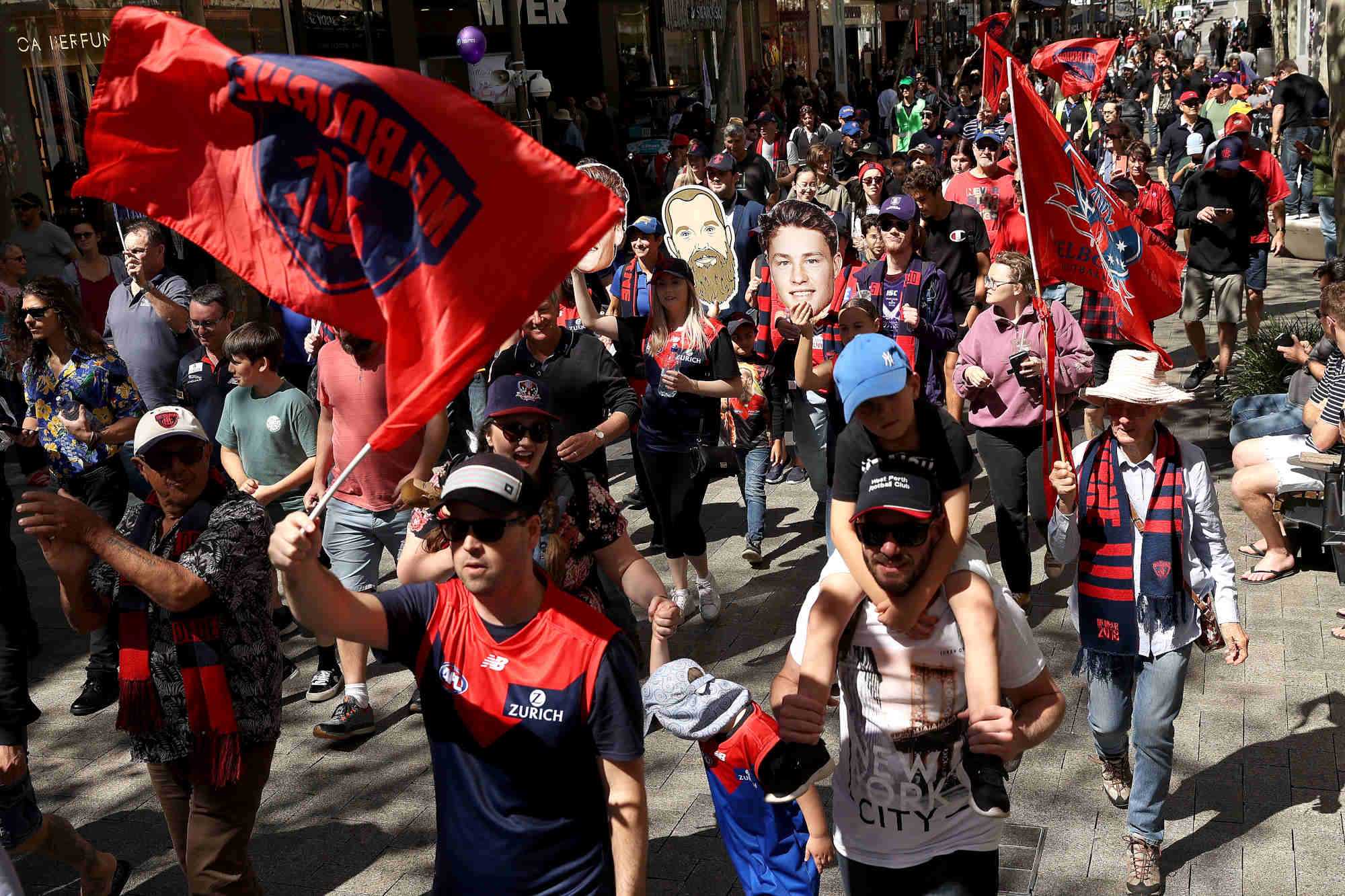
In August 2021, amid a growing Covid-19 outbreak on Australia’s east coast, McGowan began implementing the toughest state border restrictions yet. While travel is permitted from some Covid-free states, arrivals from Sydney and Melbourne, on the east coast, are allowed only in “extraordinary circumstances” and travelers must spend 14 days in hotel quarantine at their own expense.
Hampering hopes of reopening are the state’s coronavirus vaccination rates, which are among the lowest in rich countries, although roughly on par with the U.S. rate. Even if 80 percent of eligible West Australians were fully vaccinated, modeling suggests hundreds of thousands would get Covid-19 and hundreds of those would die if the hard border lifted without restrictions and there were no lockdowns in place. And with effectively no natural immunity to the virus, West Australians are asking — where is the path out of this gilded cage?
“We’re in this strange end-of-the-world-party kind of situation,” says Katie Attwell, a social scientist and expert in vaccination policy at the University of Western Australia, “where maybe we don’t want that party to end.”
McGowan is treated like a rock star in the state he leads. West Aussies call him “State Daddy” and write love songs about him. At least one resident has gotten a tattoo of his face. Ahead of a state election in March 2021, McGowan enjoyed an 88 percent personal approval rating. And the vote was the biggest electoral win in any Australian jurisdiction in more than 70 years.
But the rest of the country isn’t necessarily so enamored. Politicians in the eastern states have accused McGowan of lecturing them, calling him a “goose” and the “Gollum of Australian politics.” Prime Minister Scott Morrison raised concerns the restrictions amounted to economic protectionism, labeled the Premier’s plan to pursue Covid-zero even when most people are vaccinated as “absurd.”
Martin Drum, a professor of politics and international relations at the University of Notre Dame Australia in Fremantle, attributes much of West Australians’ adoration for McGowan to a single, extremely popular policy: closing state borders.
“The number of Covid cases dried up quickly and we were practically Covid-free,” he says. “I think a lot of West Australians then compared their situation with the situation elsewhere, and they were very, very grateful for that.”
Western Australia’s booming pandemic economy has likely only helped the policy’s popularity. In early September 2021, the state announced a record $5.6 billion surplus off the back of sky-high iron ore prices.
In Becca Dodge’s Perth home hangs a wedding dress she was supposed to wear more than a year ago. Dodge legally married her Australian husband in March 2020, and had planned an intimate ceremony in New Zealand and two receptions — one in Perth and one in her home state of Indiana — before the borders closed.
“At this point, my family’s just really ready for me to be able to come back,” she says. “They knew I’d be over here a long time, but whenever I moved here, we didn’t expect me to not be able to return.”
Dodge says she is thankful to live in a place without the imminent threat of Covid-19 but, at the same time, she feels trapped. Events in the U.S. — the birth of her niece, a close friend’s wedding — remind her what she’s missing. “It’s been really tough,” Dodge says. “My husband has to deal with me having a bit of a breakdown, probably every month now, where I’m just like really sad.”
Levi Villars, a Florida-born veteran who lives in Perth with his Australian wife, also struggles with the uncertainty of not knowing when he’ll be able to return to the U.S.
Villars fears something happening to his grandparents while the borders are closed. Even if he can get permission to leave, there’s no guarantee he’d be able to return to Western Australia. “It sucks,” he says. “There’s a lot of guilt associated with that.”
University of Western Australia anthropologist Loretta Baldassar has been studying the impact of the border closures as part of a five-year study of 2,000 young people. She says visits are critical for migrant families, particularly at times like the birth of a new baby, serious illness, or funerals. Such moments, she adds, “require people to be there in person to provide support.”
Baldassar says closed borders have particularly put pressure on migrants who are new parents. “We know this is a critical time for postnatal depression, and in our study we actually have cases of people really struggling,” she says. “They would not suffer as greatly if they were able to have their parents come over and help.”
Young Australians, too, have been locked out of their own country by caps on the number of international arrivals. Precarious accommodation, job losses, financial stress, and being away from their families, Baldassar says, have taken a toll. “And there’s something psychological, isn’t there,” she adds, “about not being able to come home?”
Western Australia’s borders can’t stay closed indefinitely. But politicians can’t agree on how, and when, to reopen the state.
In August 2021, the Australian National Cabinet adopted a national plan to transition out of the pandemic based on modeling from Melbourne’s Doherty Institute. It calls for a staged reopening when 70 to 80 percent of people over age 16 are fully vaccinated.
Politicians welcomed the roadmap in eastern cities including Sydney, which hit a record of daily new Covid-19 infections in August and was in hard lockdown for more than 100 days — restrictions that were only recently lifted. Melbourne also hit records recently, and people there have spent more days in lockdown than any other city in the world. McGowan promptly labelled the east coast’s endorsement of the national plan as “completely nuts.”
Australian Prime Minister Morrison has slammed McGowan’s refusal to reopen state borders once 80 percent of the country is vaccinated, which is expected later this year. He has also indicated international borders will lift starting in November, meaning Australians on the east coast may be able to fly to the other side of the world before the other side of the country.
McGowan was not available to be interviewed by Undark. But a state government spokesperson responded to questions about state border restrictions with a statement saying Western Australia was already open and free from local restrictions. “What other jurisdictions are trying to achieve with their reopening plans is something WA has already achieved months ago,” they said.
The spokesperson said the controlled border was in place to protect West Australians, and the state would not be pressured to remove border controls against health advice.
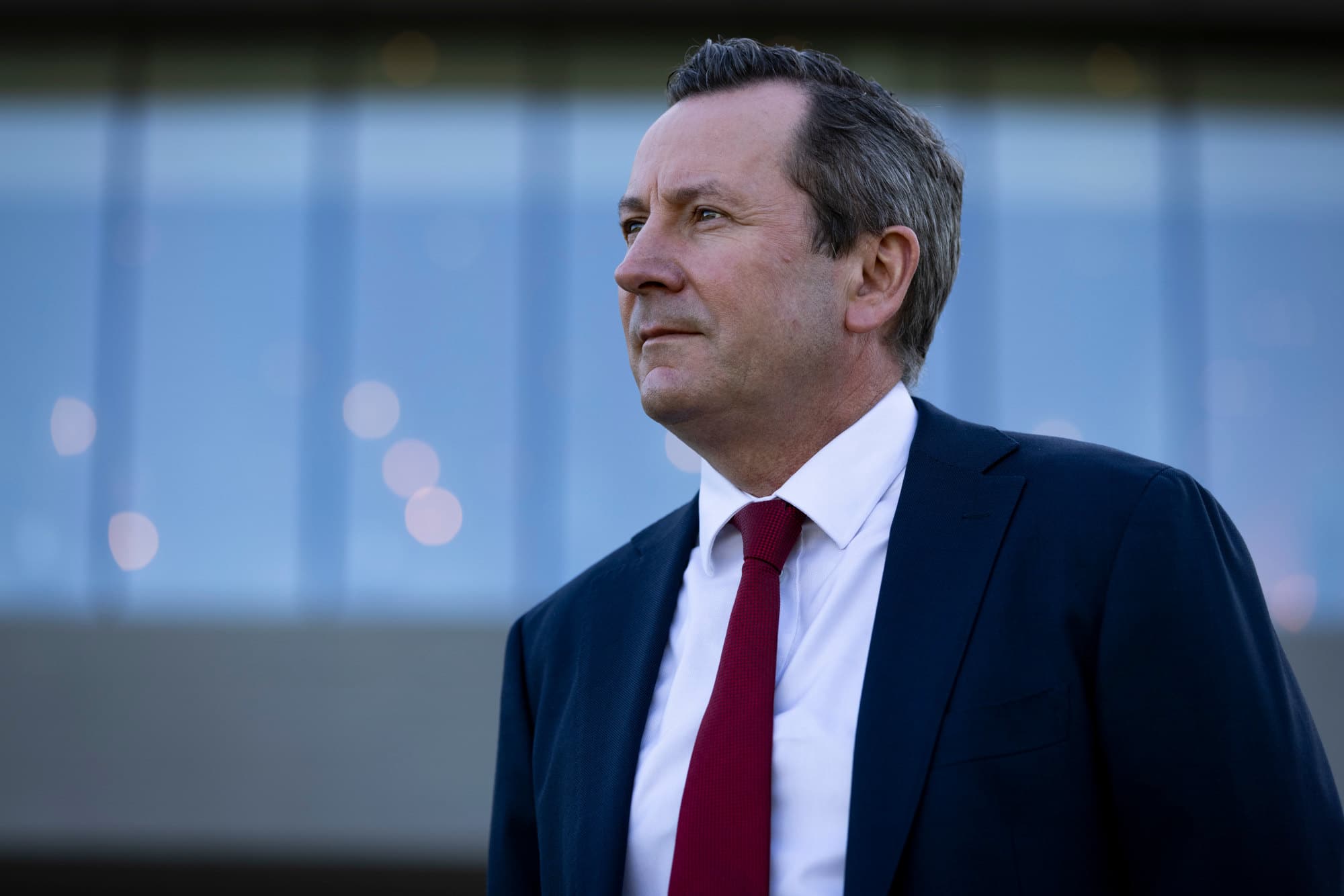
In October 2021, West Australian health authorities also received modeling that paints a grimmer picture of what happens when border restrictions lift than the Doherty Institute research behind the federal government’s reopening plans.
University of Western Australia computer scientist George Milne, who has been modeling disease transmission for nearly two decades, led the study, which has yet to be peer-reviewed. He says it analyzes the impact of opening state borders at vaccination rates of 70, 80, and 90 percent. Surveys by the Melbourne Institute suggest 13 percent of adult West Australians are vaccine hesitant, although that number has fallen in recent months.
The modeling predicts that if 80 percent of West Australians over age 12 were fully vaccinated and there were no lockdowns, there would be about 456,000 Covid-19 infections and 467 deaths in the following five months. It is hundreds of times more infections and 50 times more deaths than the state has experienced so far. “It’s pretty clear to us that you have to get up to 90 percent,” Milne says.
Milne says he is concerned the Doherty Institute’s full modeling has not been made public. “We just don’t know how the people in the Doherty group have derived their results,” Milne says. “That’s a sort of political issue.”
Robyn Riley, a senior media and communications officer for the Doherty Institute, declined to make anyone available for comment on this story, on the basis that the institute “was commissioned by the Commonwealth Government to advise on the national plan to transition Australia’s National Covid response.”
The institute, she wrote in an email, has published a full report on the modeling, sensitivity analyses, and source code, though she acknowledged some of the analyses require access to epidemiological data that is not able to be shared under the terms of the institute’s data access agreement.
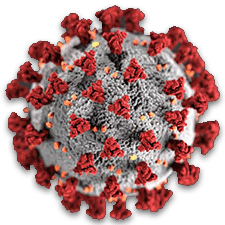 |
For all of Undark’s coverage of the global Covid-19 pandemic, please visit our extensive coronavirus archive. |
Along with Milne, Duncan-Smith of the Australian Medical Association is also advocating for border controls to stay while the state pushes for vaccination coverage of 90 percent, particularly among vulnerable populations such as remote Indigenous communities. “We shouldn’t open up at 70 or 80 percent,” he says. “There’s no logical reason why we should do that.” A delay could also buy time for vaccines to be approved for children as young as 6 months, Duncan-Smith adds.
Complicating reopening are Western Australia’s current vaccination rates. Only about half of people over the age of 16 are fully vaccinated.
Attwell, the social scientist at the University of Western Australia, says the suboptimal vaccination rates are due to a combination of supply issues that plagued Australia’s national rollout, as well as a lack of immediate threat from Covid-19. She says in other parts of Australia and the world, vaccines are seen as an important strategy for getting out of lockdown and back to normal life.
“But in Western Australia, we have a glorious life,” Attwell says. “People may not feel in a great hurry to reopen especially because, when we do, it’s going to be worse. We’re going to go backwards. It’s going to be ugly. People are going to get sick and die.”
It could be politically difficult to get West Australians used to the idea of the health consequences once borders reopen. “It’s a really tricky one,” Drum says. “I think that the government’s trying to put that off for as long as it’s possible.”
Michelle Wheeler is a freelance science journalist based in Australia. Her work has seen her visit a snake-infested island dubbed the most dangerous in the world, test great white shark detectors in a tinny, and meet isolated tribes in the jungle.










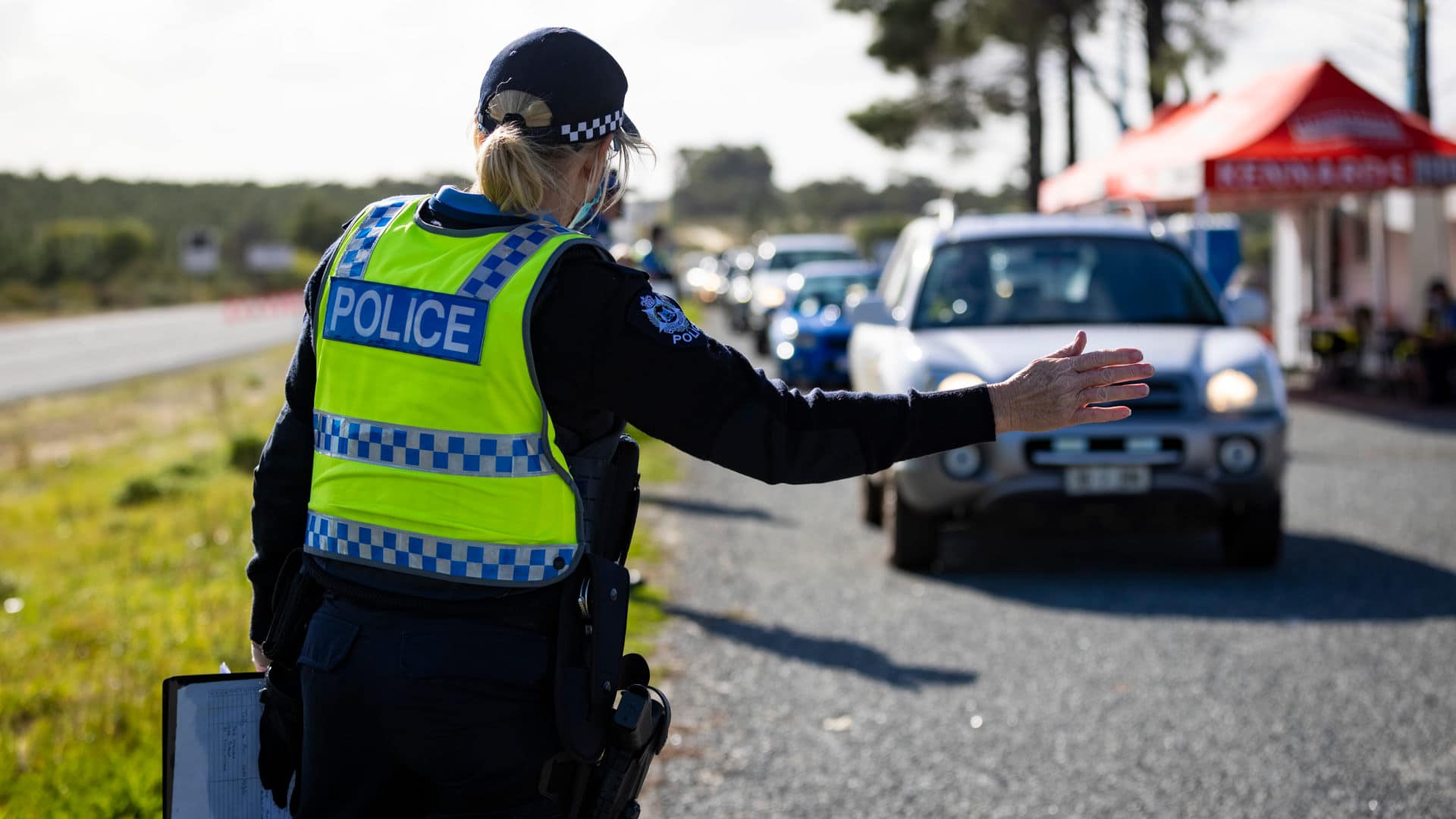
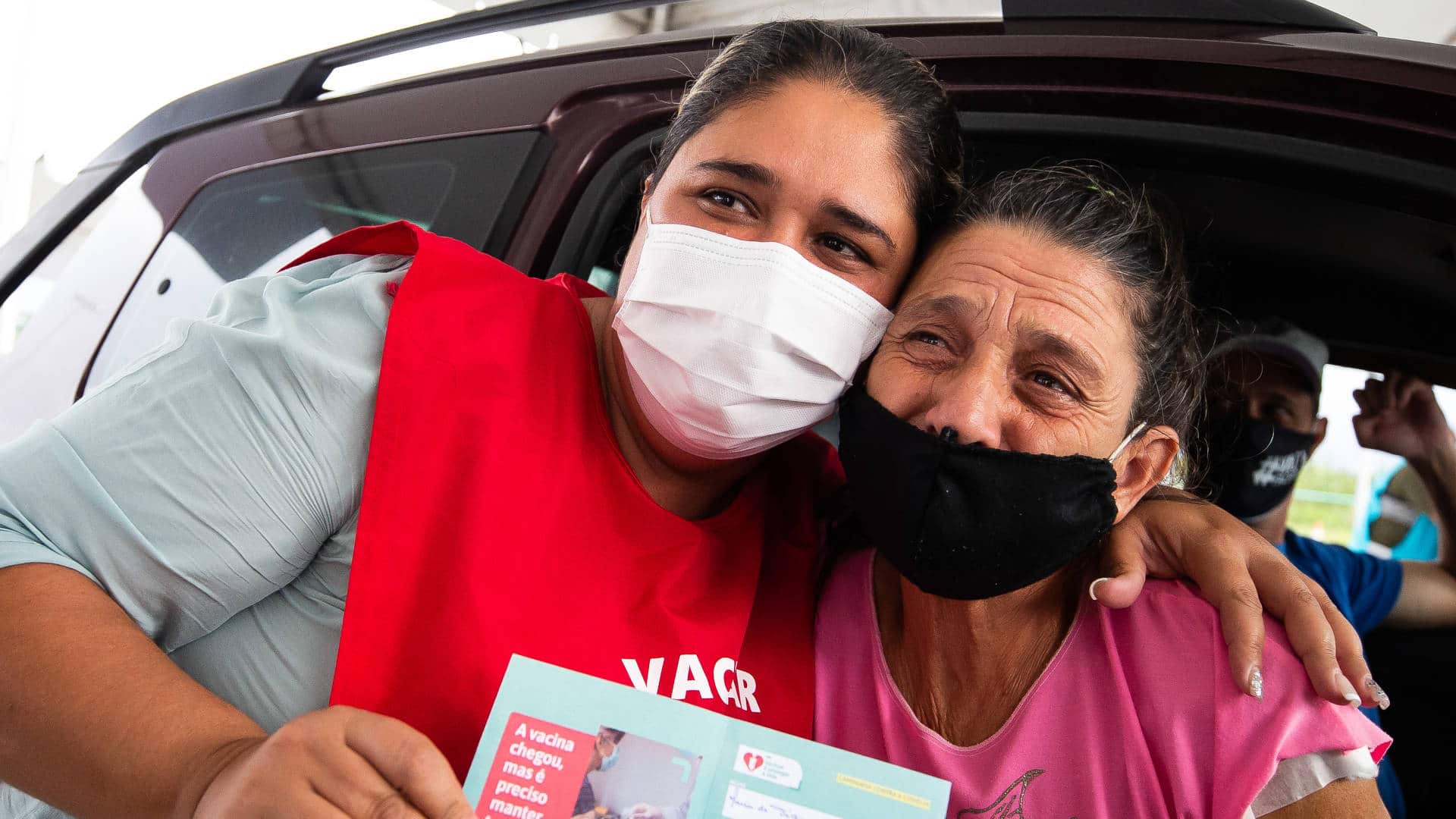
Comments are automatically closed one year after article publication. Archived comments are below.
Michelle Wheeler is a freelance science journalist based in Australia. Her work has seen her visit a snake-infested island dubbed the most dangerous in the world, test great white shark detectors in a tinny, and meet isolated tribes in the jungle.
Which might explain her lack of balance and substance on the issue of WA, Covid and the Australian reality. Perhaps Michelle should stick to testing detectors or wandering around jungles.
Is the writer of the article truly unaware that there are many parts of Australia where people have continued to hug and kiss friends and family, neighbours, acquaintances at the supermarket, shake hands and visit crowded places. None of this is particular to Western Australia.
In South Australia no masks appeared until two months ago and children have had one week off school in each of the two years of Covid madness. And all of it more than a year before Jab campaigns took off, for which, thankfully, Australians are slow on the uptake, or rather, sensibly cautious.
The only thing particular to WA is the more tyrannical approach of its Premier to closed borders. However, trains, plans, trucks have still been going back and forth from WA which could not survive without goods from the rest of the country. So, exposure, exposure, exposure. At a lesser level but still exposure for those who believed the lies about infection and danger rates from Covid.
As to international travel, that was a Federal decision and not a State one so WA is and has been in the same boat as everyone else. Even there, people have been going back and forth for business, with politicians showing little slowing down with travel habits, and planes and ships unloading people and goods in Australia. Exposure, exposure, exposure. Ditto for WA.
And Perth is isolated and isolationist with a deluded sense of being special. It is however simply a part of Australia with the same peoples and problems.
This publication calls itself “Undark”, but from what I’ve seen over the past few months that I’ve subscribed, and as this article very plainly illustrates, a better moniker for this publication might be something more akin to “We Pull the Wool Over Your Eye’s.”